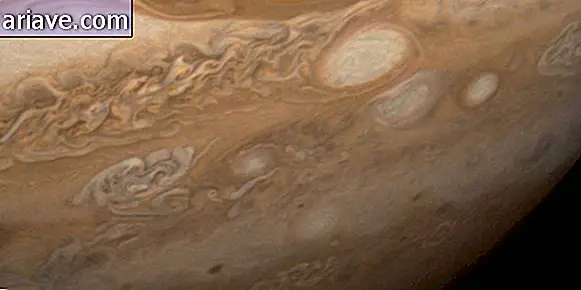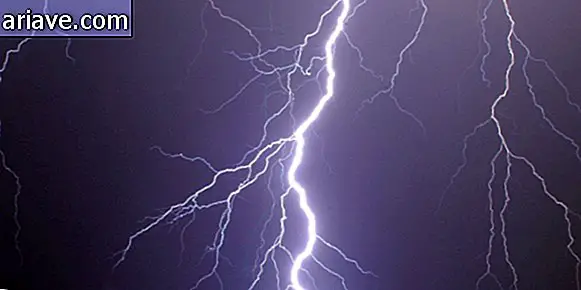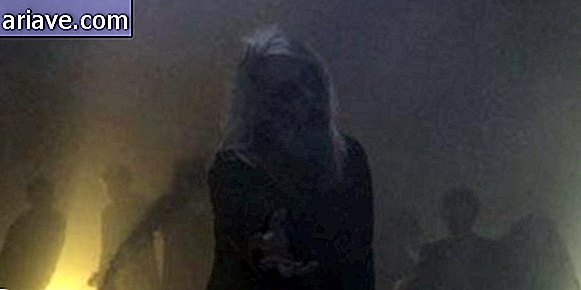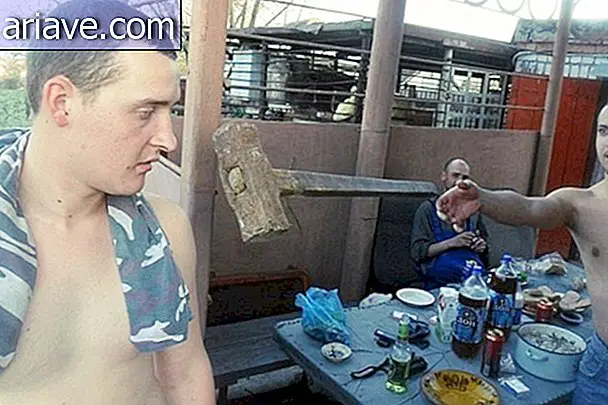Pharaoh's Curse: Was Tutankhamen's tomb really cursed?
The tomb of the boy pharaoh Tutankhamen was found by British explorer Howard Carter in 1922 and entered history as one of the most extraordinary archaeological finds of all time. The young king was crowned when he was only 9 years old and ruled Egypt between 1332 and 1323 BC, approximately.
The young pharaoh's reign was interrupted by his death when he was about 19 years old, and until his magnificent tomb was found by Carter in the early 20th century, Tutankhamen's story had been completely forgotten in time.

This is because, at the time, the explorers believed that all the graves of the Valley of the Kings had already been discovered (or looted). So imagine the surprise when Tutankhamen's burial chamber was found sealed after 3, 000 years!
Extraordinary discovery
Howard Carter began exploring the sands of Egypt for tombs in 1891, when he was 17 years old, and worked with several archaeologists over the years. He has excavated at numerous sites - including Beni Hassan, Amarna, Deir el Babri, Thebes, Edfu and Abu Simbel - and was convinced that at least one intact burial chamber remained to be discovered.

Then, in 1907, Carter was hired by a British aristocrat named Lord Carnarvon - full of money and fascinated by Egyptology - and, with the guy's funding, assembled a group of workers and began digging. In 1914, the explorer got a license to excavate the area where he believed King Tut would be, but to his misfortune, work had to be stopped due to World War I.

Excavations resumed after the conflict in 1918, but Carnarvon became impatient with Carter's lack of results and threatened to cut funding for the expeditions. Then, on November 4, 1922, a working boy bringing water to the excavation site began digging the sand with a stick and found a buried step. Such a step led to a sealed door - and a secret chamber.

Carter entered the antechamber accompanied by Carnarvon on November 26, and the two of them came across a huge collection of artifacts and treasures. Then on February 16, 1923, Carter opened the burial chamber and found Tutankhamun's sarcophagus. The discovery certainly opened the door for archaeologists to uncover innumerable mysteries about King Tut's life and death. However, the discovery would also have opened the door to something more sinister ...
Pharaoh's Curse
News of the discovery of the haunting tomb made headlines around the world quickly, and it was not long before rumors began to circulate that there was a curse associated with the site. According to the "legend, " anyone who disturbed the eternal rest of the Egyptian pharaohs would suffer the consequences - and some historians believe that Carter himself would have encouraged the spread of the rumor to keep the press and onlookers away from excavations.

But ... Lord Carnarvon died suddenly on April 5, 1923, a few days after Tut's tomb was dismantled - fueling the idea that a curse had been released by opening the burial chamber. He was reportedly bitten on the face by a mosquito and then cut off while shaving in his Cairo hotel room, dying of a widespread infection.

It is said that at the moment Lord Carnarvon died, a blackout occurred in Cairo. Besides, the aristocrat's dog would have died the same day, but in the noble's castle in England, after letting out a long and frightening howl. Another alleged victim of the curse would be US millionaire George Jay Gould I, who kicked his boots in May 1923 after visiting Tutankhamen's tomb and developing pneumonia.

In addition to him, there are rumors that Sir Archibald Douglas Reid, the radiologist who allegedly made x-rays of Tut's mummy, also died shortly after contact with Pharaoh, as well as a member of Carter's excavator team, who died. due to arsenic poisoning.

There are a couple more interesting anecdotes, but one involves Carter's pet canary. The bird was allegedly devoured by a snake on the day the tomb was opened, and it was not long before the incident was associated with the wrath of the Egyptian gods and the curse of the ancient kings of Egypt. The other would be that the tombs would have warning messages warning that death would come to those who invaded these places.
Really?
Despite the tragic deaths that - coincidentally - occurred after the opening of Tutankhamen's tomb, the truth is that of the 58 people who were present at the time the chamber holding the pharaoh's sarcophagus was "disturbed", only eight died in the 12 next years.

Howard Carter himself, who excavated, dislocated, cataloged, and scrutinized everything on the site - and even took the mummy out of the sarcophagus with his own hands - only died 16 years later from cancer. In addition to Carter, Richard Adamson, who was on the archaeologist's team and was responsible for guarding the tomb for no less than seven years (and also tired of having contact with Pharaoh's remains) died in 1982, ie 60 years after discovery.

About the alleged blackout at the time Lord Carnarvon died, the truth is that blackouts were far from common in Egypt in the 1920s, and it was also later discovered that the aristocrat's dog had not even died at the same time as anything. Regarding Carter's canary, he really had this pet - but instead of being devoured by a snake, he was presented by the archaeologist to a friend.

Today, among the most popular theories about the (few) deaths that occurred after the tomb was opened is that they may have been caused by the presence of fungi - such as Aspergillus niger, A. flavus and A. ochraceus -, that may have remained inside the burial chambers and proliferated in mummies and artifacts for thousands of years. These organisms can be dangerous to people with weakened immunity.

In addition, fatalities have been associated with deadly bacteria present in bat feces - animals that have been found in droves in Tutankhamun's eternal abode. And lastly, according to archaeologists, the ancient tombs do not bring warning messages to the invaders! So, back to the question in the title of the story: no, Pharaoh's tomb was not cursed, no. Just full of life threatening microorganisms.
* Posted on 7/22/2016











